SLVS653C June 2008 – February 2016 TPS63010 , TPS63011 , TPS63012
PRODUCTION DATA.
- 1 Features
- 2 Applications
- 3 Description
- 4 Revision History
- 5 Device Comparison Table
- 6 Pin Configuration and Functions
- 7 Specifications
- 8 Detailed Description
- 9 Application and Implementation
- 10Power Supply Recommendations
- 11Layout
- 12Device and Documentation Support
- 13Mechanical, Packaging, and Orderable Information
7 Specifications
7.1 Absolute Maximum Ratings
over operating free-air temperature range (unless otherwise noted)(1)| MIN | MAX | UNIT | ||
|---|---|---|---|---|
| VI | Input voltage on VIN, VINA, VINA1, L1, L2, VOUT, PS, SYNC, VSEL, EN, FB | –0.3 | 7 | V |
| TJ | Operating junction temperature | –40 | 150 | °C |
| Tstg | Storage temperature | –65 | 150 | °C |
(1) Stresses beyond those listed under Absolute Maximum Ratings may cause permanent damage to the device. These are stress ratings only, and functional operation of the device at these or any other conditions beyond those indicated under Recommended Operating Conditions is not implied. Exposure to absolute-maximum-rated conditions for extended periods may affect device reliability.
7.2 ESD Ratings
| VALUE | UNIT | |||
|---|---|---|---|---|
| V(ESD) | Electrostatic discharge | Human-body model (HBM), per ANSI/ESDA/JEDEC JS-001(1)(3) | ±2500 | V |
| Charged-device model (CDM), per JEDEC specification JESD22-C101(2)(3) | ±150 | |||
| Machine model (MM) (3) | ±1000 | |||
(1) JEDEC document JEP155 states that 500-V HBM allows safe manufacturing with a standard ESD control process.
(2) JEDEC document JEP157 states that 250-V CDM allows safe manufacturing with a standard ESD control process.
(3) ESD testing is performed according to the respective JESD22 JEDEC standard.
7.3 Recommended Operating Conditions
over operating free-air temperature range (unless otherwise noted)| MIN | MAX | UNIT | ||
|---|---|---|---|---|
| Supply voltage at VIN, VINA | 2 | 5.5 | V | |
| Operating free air temperature, TA | –40 | 85 | °C | |
| Operating junction temperature, TJ | –40 | 125 | °C | |
7.4 Thermal Information
| THERMAL METRIC(1) | TPS6301x | UNIT | |
|---|---|---|---|
| YFF (DSBGA) | |||
| 20 PINS | |||
| RθJA | Junction-to-ambient thermal resistance | 71.1 | °C/W |
| RθJC(top) | Junction-to-case (top) thermal resistance | 0.5 | °C/W |
| RθJB | Junction-to-board thermal resistance | 11.4 | °C/W |
| ψJT | Junction-to-top characterization parameter | 2 | °C/W |
| ψJB | Junction-to-board characterization parameter | 11.3 | °C/W |
| RθJC(bot) | Junction-to-case (bottom) thermal resistance | N/A | °C/W |
(1) For more information about traditional and new thermal metrics, see the Semiconductor and IC Package Thermal Metrics application report, SPRA953.
7.5 Electrical Characteristics
over recommended free-air temperature range and over recommended input voltage range (typical at an ambient temperature range of 25°C) (unless otherwise noted)7.6 Dissipation Ratings
| PACKAGE(1) | THERMAL RESISTANCE RθJA |
POWER RATING TA ≤ 25°C |
DERATING FACTOR ABOVE TA = 25°C |
|---|---|---|---|
| YFF | 84 °C/W | 1190 mW | 12 mW/°C |
(1) For the most current package and ordering information, see the Package Option Addendum at the end of this document, or see the TI website at www.ti.com.
7.7 Typical Characteristics
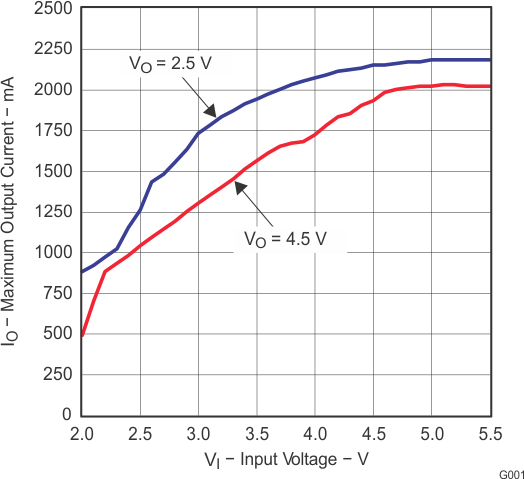 Figure 1. Maximum Output Current vs Input Voltage (TPS63010)
Figure 1. Maximum Output Current vs Input Voltage (TPS63010)
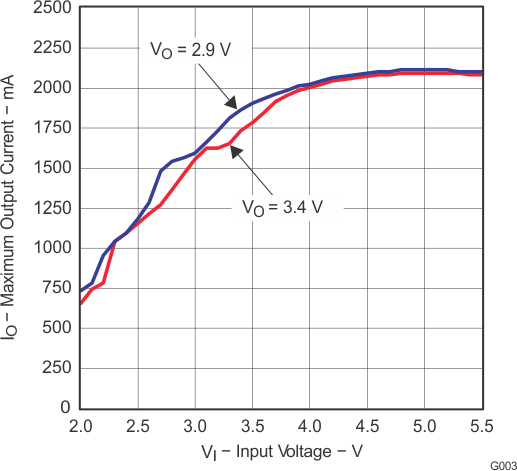 Figure 3. Maximum Output Current vs Input Voltage (TPS63012)
Figure 3. Maximum Output Current vs Input Voltage (TPS63012)
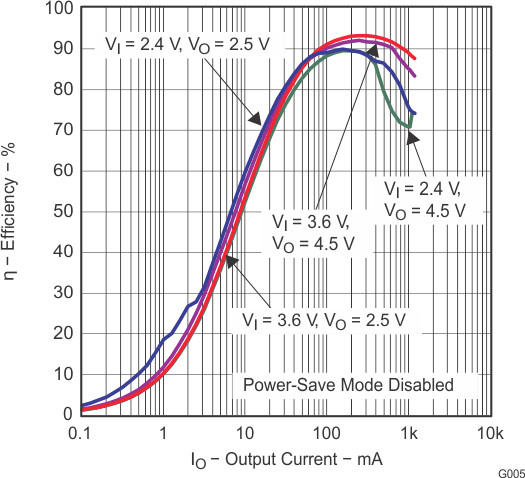 Figure 5. Efficiency vs Output Current (TPS63010)
Figure 5. Efficiency vs Output Current (TPS63010)
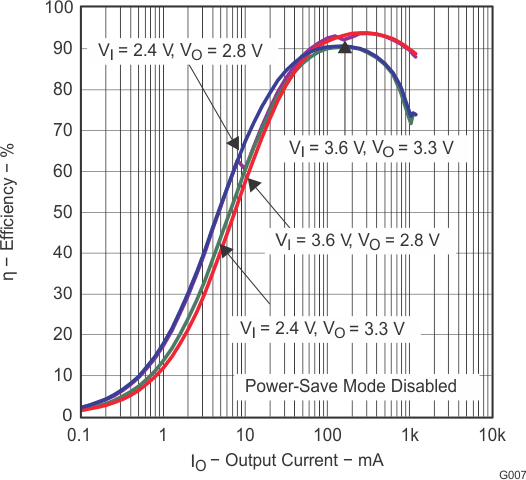 Figure 7. Efficiency vs Output Current (TPS63011)
Figure 7. Efficiency vs Output Current (TPS63011)
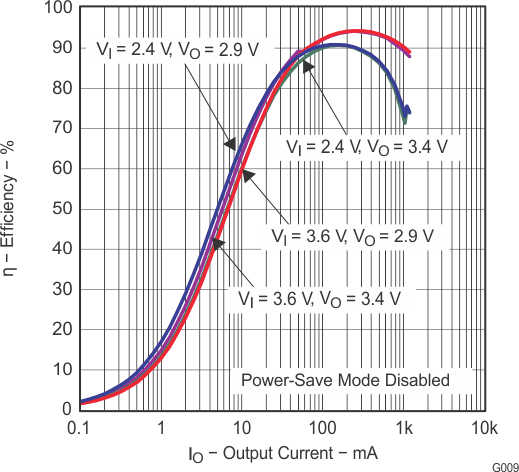 Figure 9. Efficiency vs Output Current (TPS63012)
Figure 9. Efficiency vs Output Current (TPS63012)
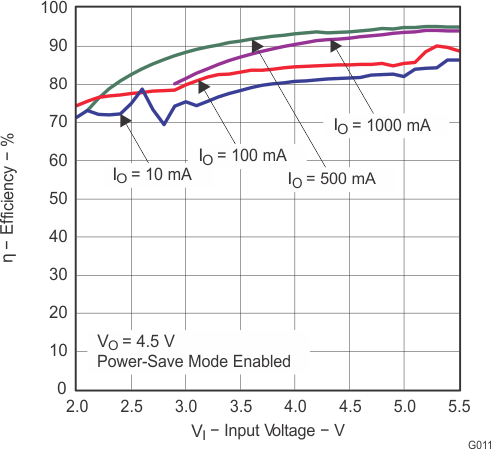 Figure 11. Efficiency vs Input Voltage (TPS63010)
Figure 11. Efficiency vs Input Voltage (TPS63010)
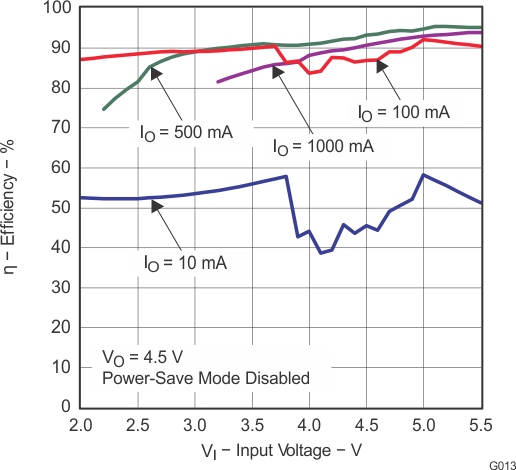 Figure 13. Efficiency vs Input Voltage (TPS63010)
Figure 13. Efficiency vs Input Voltage (TPS63010)
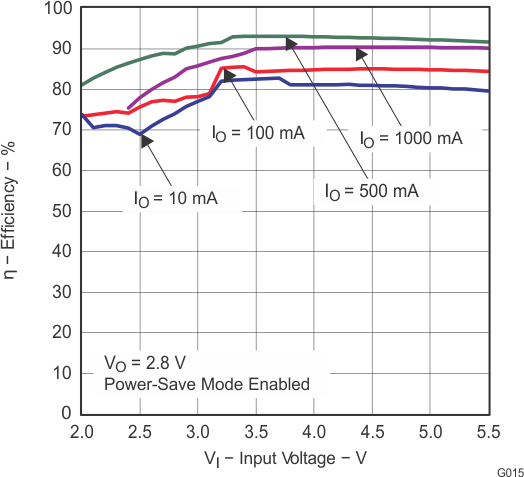 Figure 15. Efficiency vs Input Voltage (TPS63011)
Figure 15. Efficiency vs Input Voltage (TPS63011)
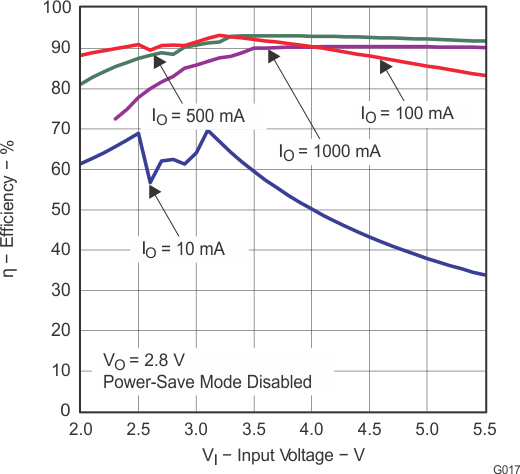 Figure 17. Efficiency vs Input Voltage (TPS63011)
Figure 17. Efficiency vs Input Voltage (TPS63011)
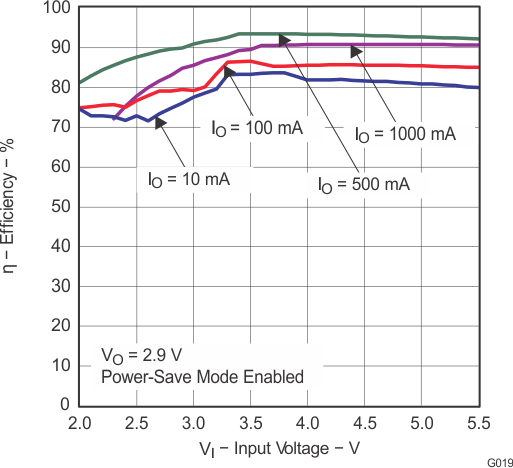 Figure 19. Efficiency vs Input Voltage (TPS63012)
Figure 19. Efficiency vs Input Voltage (TPS63012)
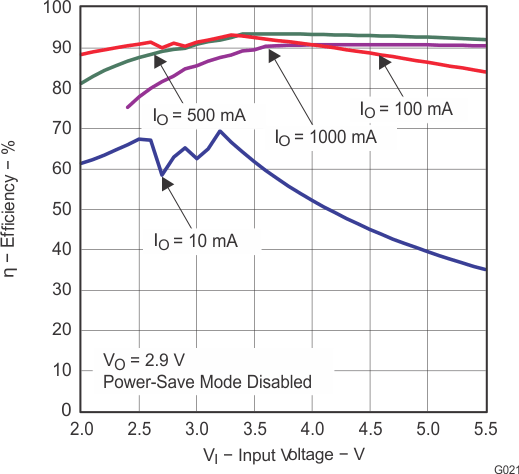
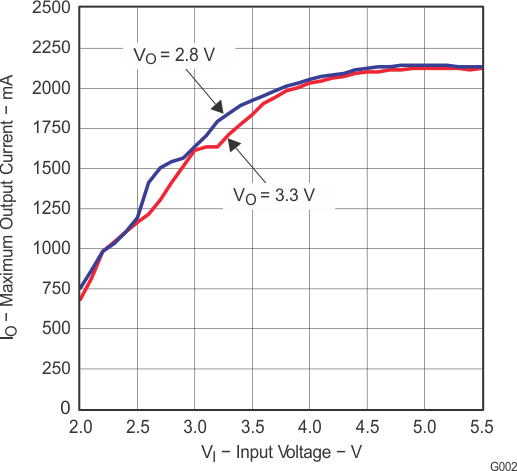 Figure 2. Maximum Output Current vs Input Voltage (TPS63011)
Figure 2. Maximum Output Current vs Input Voltage (TPS63011)
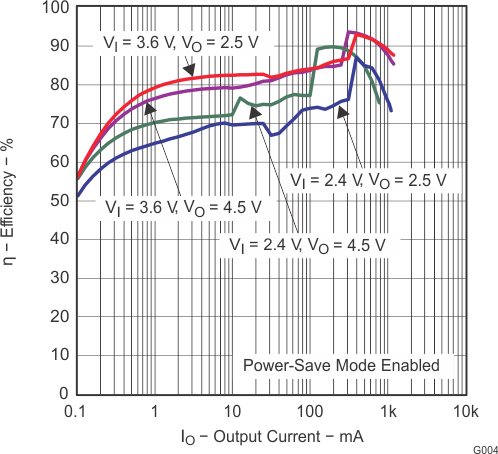 Figure 4. Efficiency vs Output Current (TPS63010)
Figure 4. Efficiency vs Output Current (TPS63010)
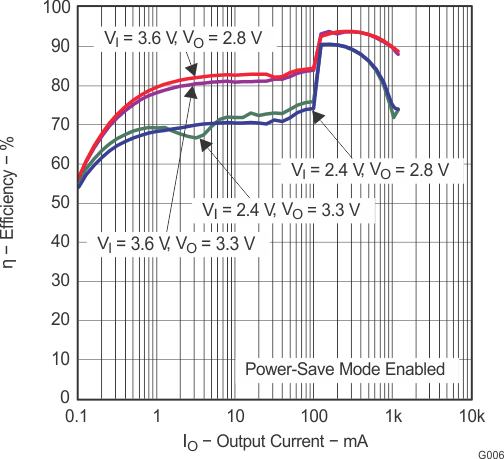 Figure 6. Efficiency vs Output Current (TPS63011)
Figure 6. Efficiency vs Output Current (TPS63011)
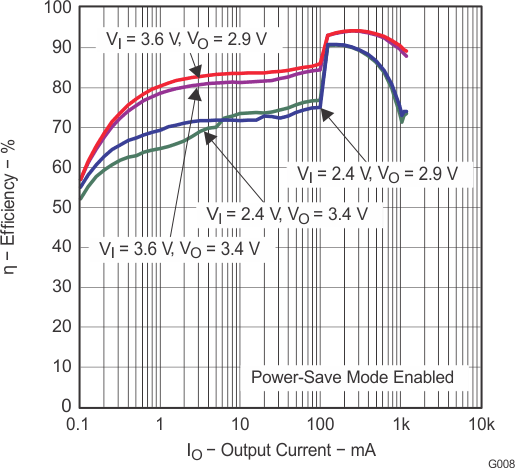 Figure 8. Efficiency vs Output Current (TPS63012)
Figure 8. Efficiency vs Output Current (TPS63012)
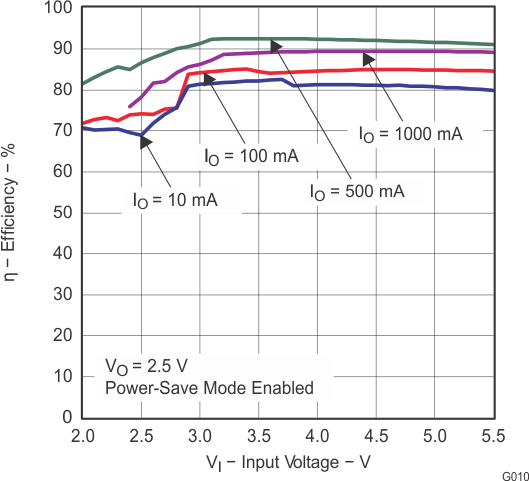 Figure 10. Efficiency vs Input Voltage (TPS63010)
Figure 10. Efficiency vs Input Voltage (TPS63010)
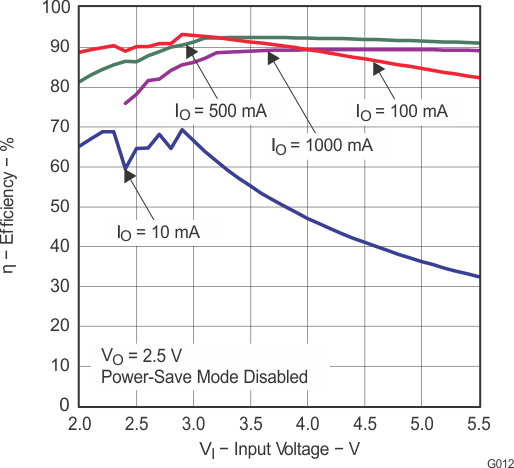 Figure 12. Efficiency vs Input Voltage (TPS63010)
Figure 12. Efficiency vs Input Voltage (TPS63010)
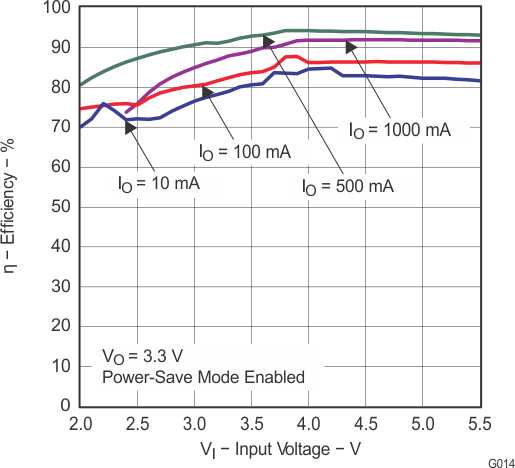 Figure 14. Efficiency vs Input Voltage (TPS63011)
Figure 14. Efficiency vs Input Voltage (TPS63011)
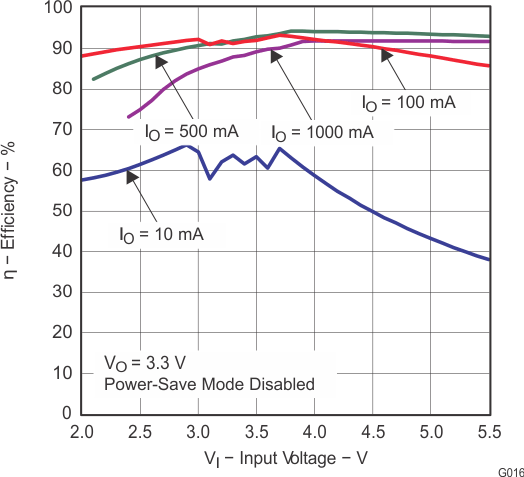 Figure 16. Efficiency vs Input Voltage (TPS63011)
Figure 16. Efficiency vs Input Voltage (TPS63011)
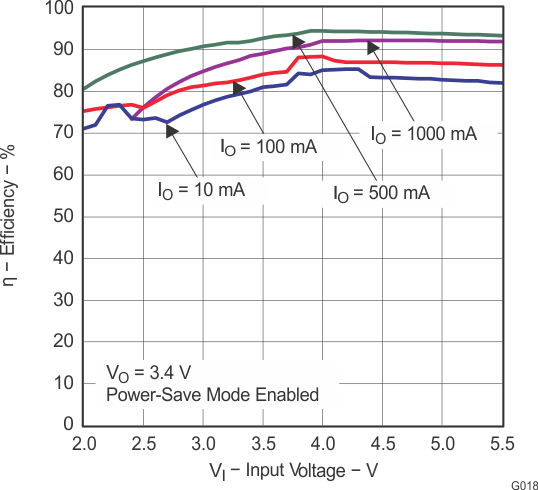 Figure 18. Efficiency vs Input Voltage (TPS63012)
Figure 18. Efficiency vs Input Voltage (TPS63012)
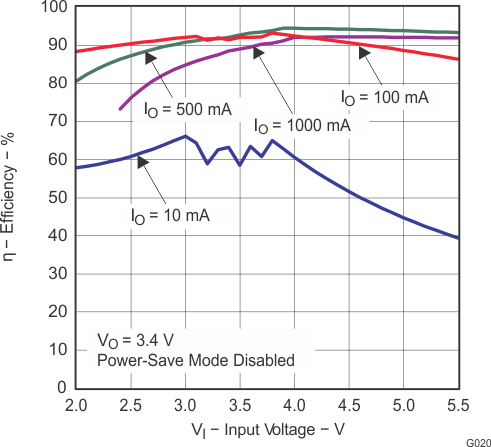 Figure 20. Efficiency vs Input Voltage (TPS63012)
Figure 20. Efficiency vs Input Voltage (TPS63012)